Lovina is the area in the north between two cities, Singaraja in the east and Seririt in the west. Singaraja is nearby the center of Lovina and used to be the capital of Bali.
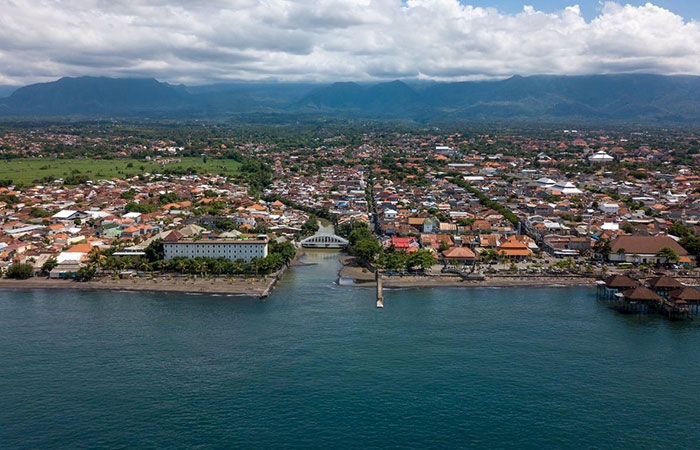
Some history
From the 10th century the port of Singaraja was a popular trade centre. Traders from all over Asia came here for goods, weapons and opium in exchange for fresh water, food, livestock and slaves. Singaraja belonged to the kingdom of Buleleng in the north of Bali.
In 1604 in the centre of the kingdom of a magnificent palace built and called Singaraja. This name refers to the nickname of the inhabitant of the palace, the king who was equal to the courage of a lion. He was called Ki Gusti Ngurah Panji Sakti. Under his reign areas in Bali, and East Java and under his successors conquered large parts of the island of Lombok and got an important position of power in the region.
Singaraja was during the Dutch colonial period the administrative centre of Bali and the little Sunda islands until 1958. Also it was the traditional port of arrival for many visitors to the island. The KPM began in 1924 a weekly service with a steam ship through this port city to the former Batavia, now Jakarta, Surabaya and Makassar, making the tourism possible. The city has/had a lot of colonial architecture, unfortunately, the fact is that in Bali they are not attached with monumental buildings, so the buildings in the old port build by the Dutch were taken down a few years ago.
In Singaraja you will find many buildings of stature, one of them is the palace of the last king of Buleleng, Raja, A.A. Panji Tisna, he was also one of the most important writers of Bali, and indeed this is the same man who has thought of the name of Lovina.
Gedong Kertya library
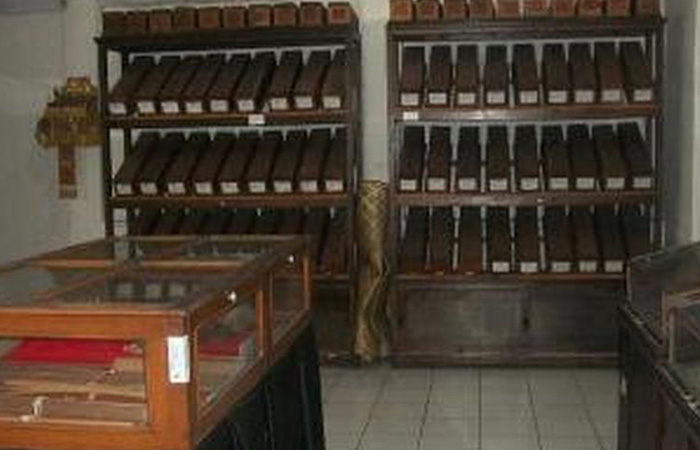
The Gedong Kertya library is located just south of the city and is the only library in the world where palm leaf manuscripts (old and sacred texts in Old Balinese on leaves of the lontar palm ; borassus flabellifer are kept).
Museum of Buleleng
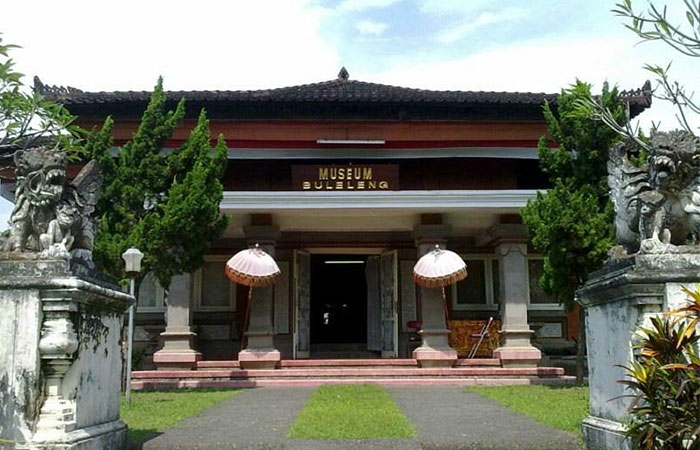
In the museum there are many old objects and there are Dutch-language books about the former Dutch East Indies. There are paintings and drawings with Dutch texts and there are pictures of W.O.J. Nieuwenkamp, a Dutch painter who at the beginning of last century, was travelling through Indonesia on the bicycle. The image of him can be found on the wall of the Pura Meduwe Karang (12 km east of Singaraja).
The Chinese temple
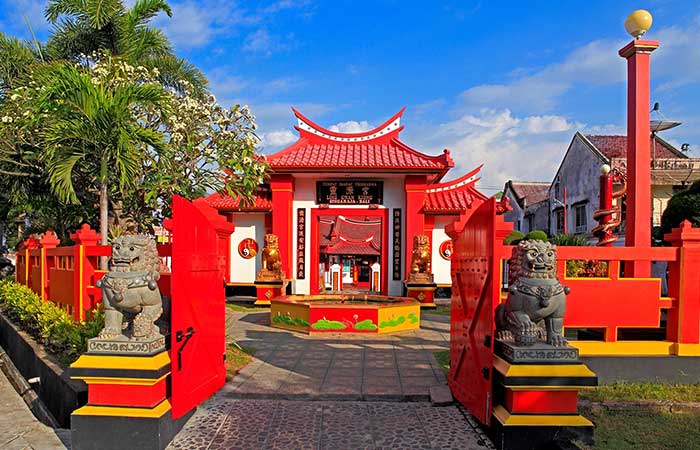
In addition to the many Hindu temples in Singaraja there is also a Chinese temple (klenteng) called Ling Gwan Kion, located close to the port of Singaraja. The temple is 1 of the few Chinese temples on Bali. The temple was built in 1873 and renovated several times since that time, the last time in 2004. Admission is free, but of course a donation will be appreciated.
Market in Singaraja

You can also visit the market, Pasar Anyar used to be the biggest traditional market in the city. here a lot of trade is sold every day, fresh fruit, fresh fish, spices, supplies for the ceremony , clothes, electonics and so on. It is a special and colourful display.
Ex Buleleng port
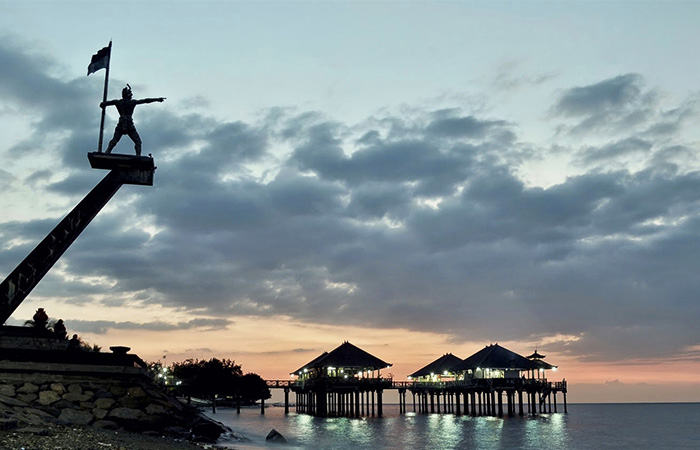
This place used to be central hub for maritime shipping and trading. Nowadays, the port is inactive and converted into tourism area. There is a museum named Sunda Ketjil Museum. There is an ancient bridge from Dutch collonial era just beside the temple.
When u come to this place, u will notice 2 remarkable landmark. First, Yuda Mandala Tama statue which figure out the battle of Buleleng.
Fun fact: iron railing on the bridge have several bullet wound from war era
Those are places of interest around Singaraja city. If you have your preference or idea about places you’d like to visit, please let us know. We please you to arrange your own itinerary.
For further info please feel free to contact us at :

